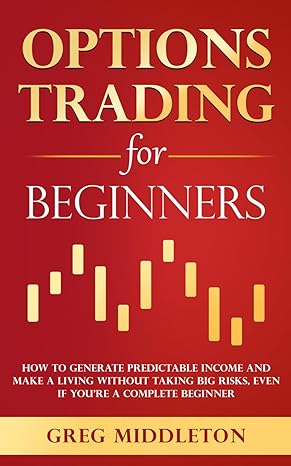Question
Evaluate each of the following statements (TRUE/FALSE) and provide a one-two sentence(s) long explanation for your answer (graphs, charts, formulas, and short calculations can be
Evaluate each of the following statements (TRUE/FALSE) and provide a one-two sentence(s) long explanation for your answer (graphs, charts, formulas, and short calculations can be used as an explanation, too). Keep in mind that a statement is false if there is at least one case when the argument does not hold. To receive full credit for each statement, both the answer and the explanation must be correct.
1. Two years ago, you bought a stock that had paid dividend of $4 one day prior to your purchase. The dividend has been growing at an annual rate of 5% and is anticipated to maintain this growth rate for the foreseeable future. The current price of the stock, assuming the most recent dividend payout was yesterday, is $46.3 under 10% discount rate.
2.When comparing two mutually exclusive projects, the investment decision based on the IRR rule will always contradict the investment decision based on the NPV rule. Assume that both projects have conventional cash flows.
3. A company XYZ is considering undertaking a new project. The project will require purchasing a new building, which will be used in the production process. A suitable facility in the area is offered for sale at $1.5M. The current owner has been renting the building out, generating annual income of $45,000. Therefore, when deciding whether to undertake the new project, XYZ should include the annual rental income as opportunity cost in the projects free cash flow analysis.
4. A firm has purchased a new piece of equipment for $420,000. The equipment falls under class 10 and has the applicable CCA rate of 30%. If post-Nov 2018 CCA rules apply to the purchase, the book value of the equipment three years after the purchase will be smaller than its book value three years after the purchase under the pre-Nov 2018 CCA rules.
5. The event of Black Thursday (March 12, 2020), during which U.S. stock markets have lost about 9% of its value over a span of a few hours, is a good example that proves that the efficient market hypothesis (in any form) cannot be true.
6.If a portfolio has beta of one, it has no idiosyncratic risk.
7.If stock A has higher correlation with the market than stock B, its beta will also be higher.
8.If stock A has higher covariance with the market than stock B, its beta will also be higher.
9.Potential range of values for covariance is: - infinity to +infinity
10.In the CAPM world a risky asset with zero correlation with the market will still have a positive risk premium.
Step by Step Solution
There are 3 Steps involved in it
Step: 1

Get Instant Access to Expert-Tailored Solutions
See step-by-step solutions with expert insights and AI powered tools for academic success
Step: 2

Step: 3

Ace Your Homework with AI
Get the answers you need in no time with our AI-driven, step-by-step assistance
Get Started


